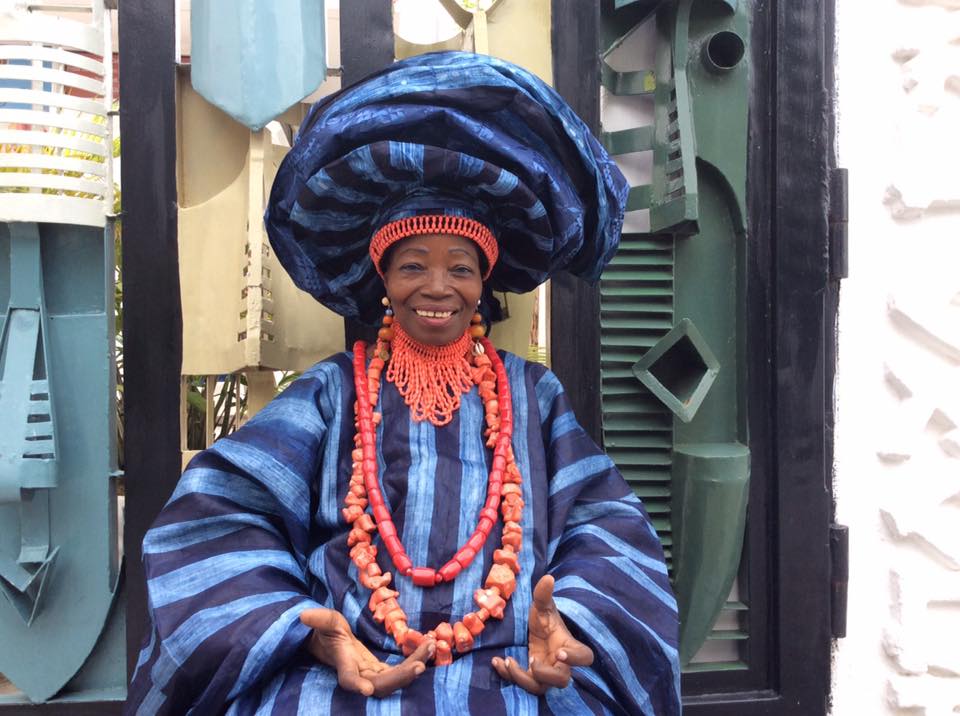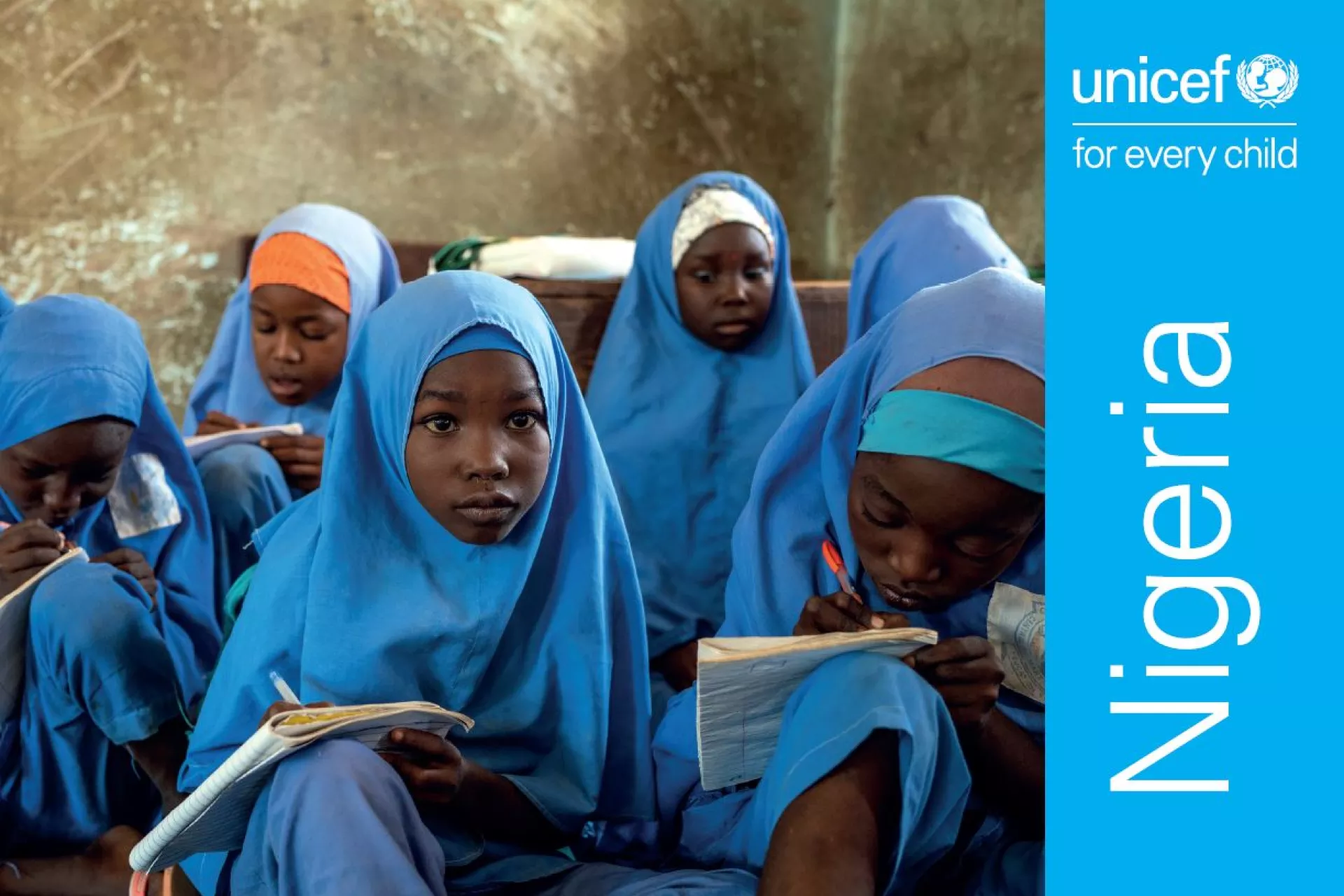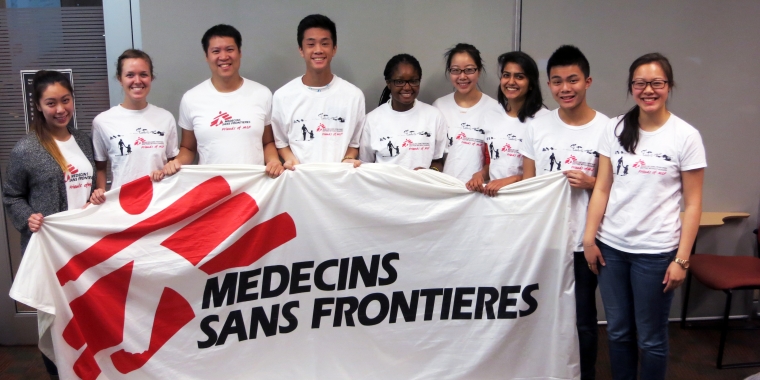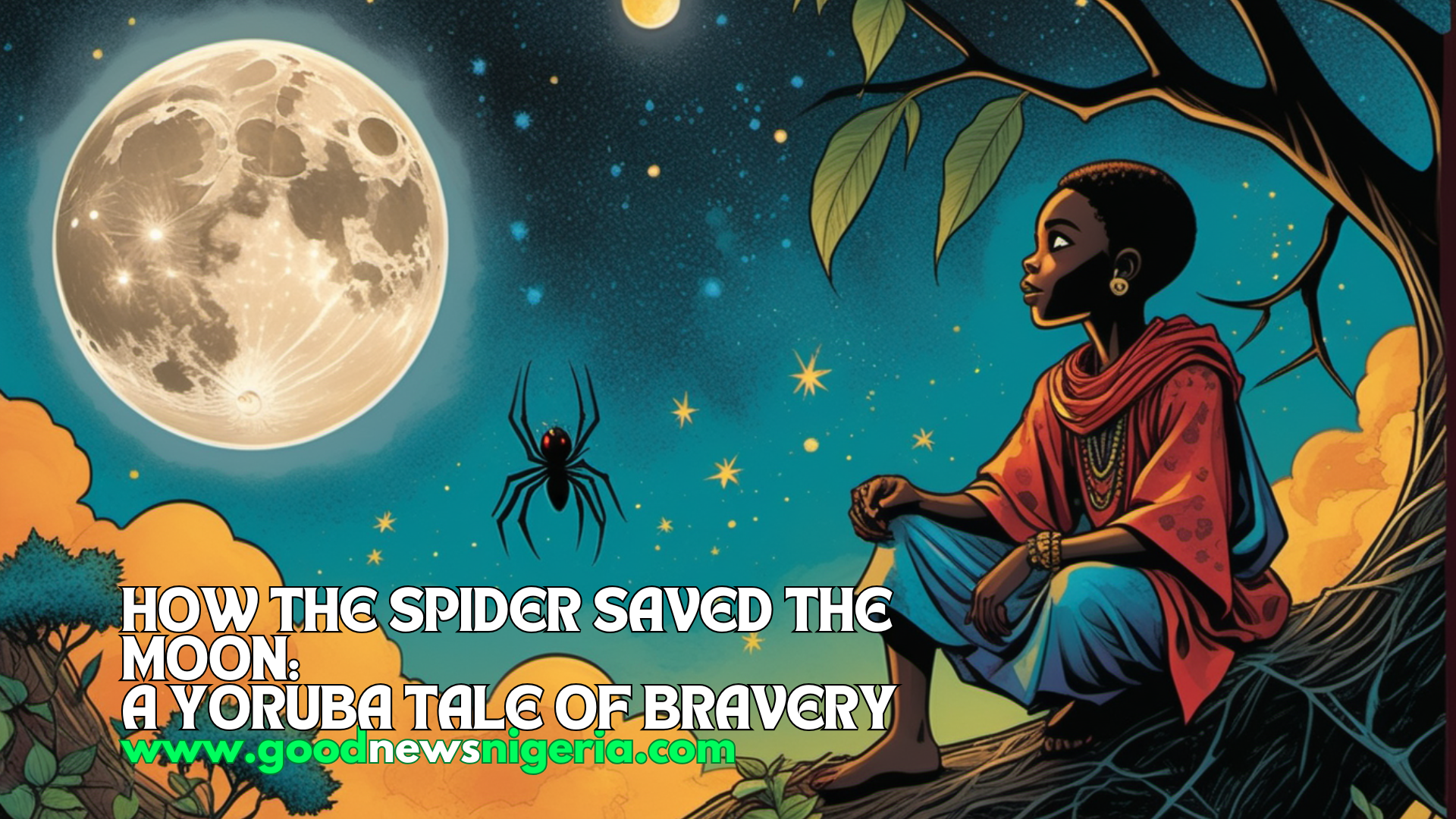
Building Bridges in the Arts: Nike Davies-Okundaye and Nigerian Cultural Renaissance
Nigeria’s rich cultural heritage is celebrated worldwide, thanks in part to the efforts of passionate individuals who work tirelessly to promote traditional art forms. One such individual is Nike Davies-Okundaye, a renowned artist and founder of the Nike Art Gallery in Lagos. Known for her mastery in textile art, particularly the Adire technique, and her dedication to preserving and promoting Nigerian art, Davies-Okundaye has become a cultural ambassador for Nigeria, showcasing the country’s artistry on the global stage. Her journey and achievements highlight the power of art to build cultural bridges and empower communities.
Early Life and Passion for Traditional Arts
Born in 1951 in Ogidi, Kogi State, Nike Davies-Okundaye was introduced to traditional Nigerian art forms at a young age. Her early exposure to Adire, a unique indigo-dyed fabric technique, sparked her passion for textile art. Growing up in a community that embraced and practiced traditional crafts, she learned about the cultural significance of each art form, a foundation that would later inspire her life’s work in preserving Nigerian heritage through art.
Founding the Nike Art Gallery and Art Centers
In 2002, Nike Davies-Okundaye founded the Nike Art Gallery in Lagos, which has grown to become one of the largest art galleries in West Africa. The gallery serves as a hub for Nigerian artists, displaying a vast collection of works that showcase the country’s diverse cultural heritage. Davies-Okundaye’s vision for the gallery was to create a space where Nigerian art could be appreciated both locally and internationally, and where artists could find mentorship, training, and a platform to share their work with a wider audience.
Beyond the gallery, Davies-Okundaye established art centers in various parts of Nigeria, including Oshogbo, Ogidi, and Abuja, where she offers free training programs in traditional arts such as Adire, beadwork, and weaving. These centers have empowered thousands of young Nigerians, particularly women, by providing them with skills that enable them to become financially independent while preserving cultural practices.
Overcoming Challenges in the Nigerian Art Scene
Nike Davies-Okundaye faced several challenges in her mission to promote traditional Nigerian art, including limited funding, logistical difficulties, and a lack of awareness about Nigerian art’s global significance. Despite these obstacles, she remained committed to her vision, leveraging her network and reputation to gain support for her initiatives. Through persistence and hard work, Davies-Okundaye established herself as a key figure in Nigeria’s art scene, earning international recognition for her dedication to cultural preservation.
Her work has garnered attention worldwide, with her art pieces exhibited in prestigious institutions such as the Smithsonian Museum and the British Museum. Davies-Okundaye’s story exemplifies resilience and determination, showing how cultural heritage can be preserved and celebrated even in the face of adversity.

Impact on Nigerian Communities and Women’s Empowerment
The impact of Nike Davies-Okundaye’s work extends beyond the art world; her efforts have uplifted countless communities, especially women. Through her training programs, she has empowered women to achieve financial independence by learning traditional crafts. These skills have enabled many women to support their families and improve their quality of life, making Davies-Okundaye’s work as much about social impact as it is about art.
In addition to her work with local artisans, Davies-Okundaye has raised global awareness of Nigerian culture, breaking down cultural barriers and promoting a positive image of Nigeria worldwide. Her commitment to fostering cultural pride and understanding has inspired many young Nigerians to embrace their heritage and explore creative fields.
A Vision for the Future of Nigerian Art
Nike Davies-Okundaye continues to advocate for the importance of preserving Nigeria’s cultural heritage, particularly in a rapidly changing world. She envisions a future where traditional Nigerian art forms are not only preserved but celebrated globally, contributing to a cultural renaissance that empowers communities and fosters national pride. Through her gallery and art centers, she remains dedicated to nurturing young talent and creating opportunities for the next generation of Nigerian artists.
Conclusion
Nike Davies-Okundaye’s life work demonstrates the power of art to transform lives and build cultural bridges. Her dedication to promoting Nigerian art, empowering women, and preserving traditional practices has solidified her legacy as a cultural icon. Through her work, Davies-Okundaye has shown that art is not just a form of expression, but a powerful tool for social change and cultural preservation. Her journey inspires us to recognize the value of our heritage and embrace art as a means of connecting with the world.









42fwc4
dx8xan